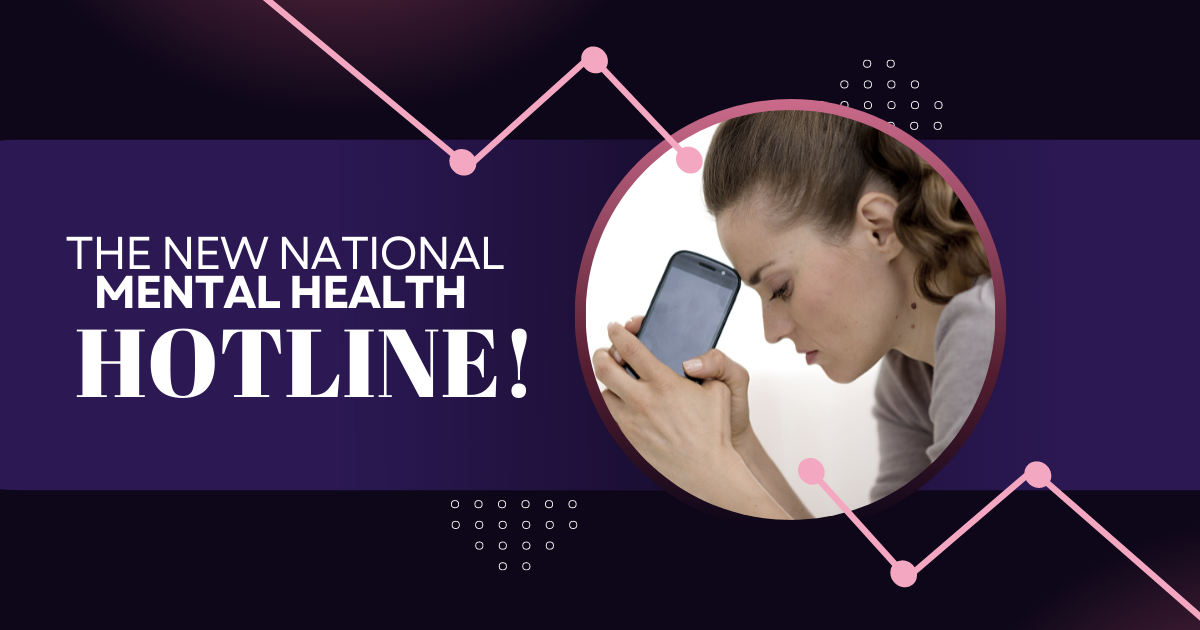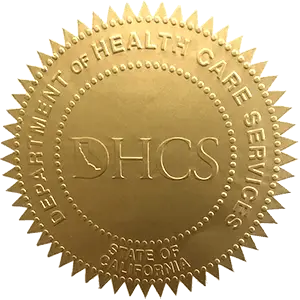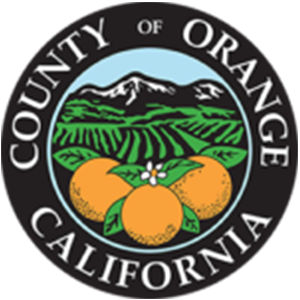There is now a three-digit code for dialing the National Suicide Prevention Lifeline—988. As of July 16th, 2022, this dialing code is available to anyone in the United States. The current Lifeline number, 1-800-273-8255, will remain available to anyone experiencing mental health or suicidal crisis, even after the national launch of 988.
The 988 Mental Health Hotline
When someone calls, texts, or chats “988”, they’re connected to a trained mental health counselor. The counselors responding to calls are part of the existing National Suicide Prevention Lifeline network. The counselors listen, consider how someone’s problems affect them, offer support, and connect them with needed resources as part of the 24-hour crisis hotline.
- Since 2005, people in the U.S. during a mental health crisis have been required to call a 10-digit phone number to connect with help. Now, the shorter number is easier to remember.
- The idea is that it’s similar to dialing 911 in an emergency to promote more accessibility to crisis and mental health care.
- The National Suicide Prevention Lifeline network launched 17 years ago and received more than 20 million calls.
- The Federal Communications Commission (FCC) created rules for implanting the three-digit code in July 2020.
- Public officials expect a surge of calls with the shorter 988 helpline.
- Legislation to mandate the launch of the new mental health hotline passed in 2020, but the states were left to grapple with funding and infrastructure decisions.
- As of this summer, most states didn’t have a plan, nor had they dedicated funds, so the U.S. Department of Health and Human Services allocated hundreds of millions to help through the Mental Health Hotline.
Why a Three-Digit Number?
The biggest reason for a three-digit number for the Lifeline, aside from increased accessibility, is that it shows mental health emergencies require the same response level as other health emergencies. It also makes it easier for providers to counsel patients on getting emergency and crisis mental health care when needed.
- When someone calls Lifeline currently, there’s a greeting and different options.
- You can, for example, connect specifically to the Veterans Crisis Line or get access to a Spanish network.
- If you don’t choose either of these options, you’re routed to a crisis center that’s local to you, based on your area code.
If a local center can’t take the call, the caller is routed to another center within the network.
More than 200 crisis centers are in place, offering mental health services for free.
Lifeline receives around four million calls or texts for mental health issues a year.
- In 2020, of the total number of callers, nearly 23% had suicidal thoughts in the previous 24 hours, and over 4% were thought to be at imminent risk of suicide.
- Around 24.6% of calls needed emergency services to be dispatched to where they were.
- These are calls to local crisis centers, and they will redirect some 911 calls to the 988 number.
- Experts believe Lifeline use will grow enormously in the next few years. By 2026, call volume could be up to 24 million callers and texters a year.
Unfortunately, according to an analysis from the New York Times, around 17% of the 2 million calls in 2021 were abandoned before the person calling could get help because of long hold times and limited staffing in centers.
One of the goals of the implementation of 988 is to answer 95% of all calls that come in within 20 seconds to help people in crisis better.
The COVID-19 pandemic has given rise to more mental health conditions and health concerns, so there was an urgent need to offer more resources to people around the country.
What is a Mental Health Crisis?
You may be unsure when it’s appropriate to call 988 or what constitutes a crisis. A mental health crisis is any situation where someone’s behavior means they could be at risk of hurting themselves or someone else. They may not be able to function effectively or care for themselves.
- There are many triggers for a mental health crisis, from changes in a relationship with others to the death of a loved one.
- Other stressors that can lead to a mental health crisis include isolation, loss of touch with reality, paranoia, or seeing and hearing things that aren’t there.
- One of the primary concerns about a mental health crisis is the risk of suicide. Someone who attempts suicide will often feel overwhelmed by hopelessness, loneliness, powerlessness, shame, guilt, or self-hatred.
- Any talk of suicide is something that needs to be taken seriously.
- Warning signs of suicide can include giving away possessions, dramatic changes in mood or behavior, or taking steps to tie up loose ends, such as paying off debts.
- Someone might talk about going away forever, be preoccupied with death, or even be suddenly calm or cheerful.
What to Do in a Mental Health Crisis
If you’re concerned your loved one is in a mental health crisis, you should assess the situation to figure out who to contact.
For example, is the person in danger of hurting themselves or someone else? Do you have time to call a mental health professional, or do you need emergency assistance?
If the situation is an emergency, you should call 911. Otherwise, you might contact the crisis line or a mental health professional who’s familiar with the history of the person in the crisis.
What Happens When You Call a Mental Health Hotline?
One of the important ways to improve the accessibility of overall mental health care and crisis care is to help people know what to expect. It’s intimidating and scary when you or someone you love is experiencing a crisis or thoughts of suicide.
You aren’t alone in these thoughts. According to the Centers for Disease Control and Prevention (CDC), there’s a death by suicide in the United States every 11 minutes. From 1999 through 2019, suicide rates went up by 33%.
- A suicide hotline is a free service where someone can go to get support during a crisis. While we associate the term hotline with making a phone call, you can also text or chat.
- When you make the call or connect with a 24-hour crisis hotline, you’ll usually wait briefly, and then you’ll be connected to a counselor or volunteer.
- The goal is to de-escalate the situation by actively listening, providing feedback, and sharing coping skills. If relevant, the caller will receive information about resources.
- Ultimately, the goal is an action plan, even if it’s just for the next few hours.
- The content of your conversation is confidential, and you can share whatever you feel comfortable with.
- You might also be referred to a local organization or a social worker for more help in some cases.
- Local services may visit your location for a wellness check if you’re in immediate danger. The volunteer at the hotline works to make sure the caller is part of the ongoing conversation so they aren’t surprised when emergency services come to check on them.
Where to Call for Mental Health-Related Issues
If you or someone you love is in an emergency or crisis, please contact 988 as of July 16 or call 911.
If you’d like to learn more about ongoing mental health treatment on a longer-term basis outside of a crisis, connect with the Story Wellness team in Orange County, CA, by calling (866) 476-2823.





